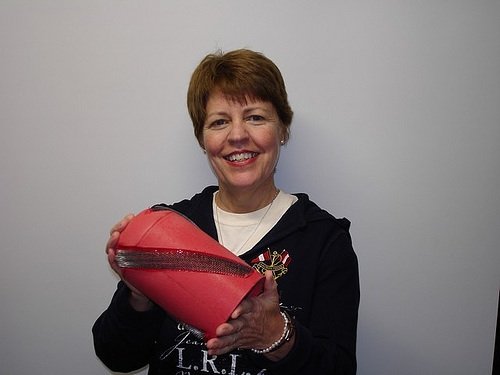
Congratulations PAEMST Winners!
As twice a nominee and never a winner, I know exactly how talented and important you are. It was truly an honor to be with you today at NSF.
We are very excited about bringing you and your students onboard our beautiful JR — live — today and in the future!
Wilkes Land Glacial History promises to be a very exciting expedition that you’ll be able to follow through the eyes of videographer Dan Brinkhuis, and the words of the many blogging scientists who are sailing and working on this extreme shipboard expedition.
If you choose to bring your students along, they’ll learn how we use the past to understand our future — in this case our future climate, a matter that’s important to all humankind.
Here’s a recap of the National Science Education Standards you’ll be able to address:
National Science Education Content Standards (NRC, 1995) grades 5-8, 9-12
Content Standard A: Science as Inquiry
Content Standard G: History and Nature of Science
…All students should develop understanding of science as a human endeavor…
Content Standard D: Earth and Space Science
….As a result of their activities in grades 9-12, all students should develop an understanding of evolution of the Earth system; determination of geologic time via rock sequences, fossils, and radioactive isotopes.
…..In studying the evolution of Earth system over geologic time, students develop a deeper understanding of the evidence, first introduced in grades 5-8, of Earth’s past and unravel the interconnected story of Earth’s dynamic crust, fluctuating climate, and evolving life forms.
Now, let’s get back to Expedition 318!
Leslie
P.S. Watch here for more ideas about Wilkes Land in your classroom
Photo: That’s me with a pig during Expedition 321T — School of Rock 2009 — Cores, CORKS, and Crust on the Juan de Fuca. What’s a pig? You’ll have to join us for School of Rock to find out! Credit: Heather Rencyk, School of Rock 2009